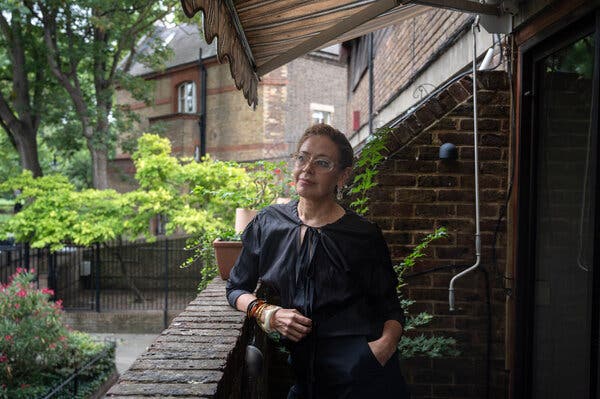During a recent stretch of soaring temperatures in London, while many streets sweltered under the heat, a gentle breeze cooled the interior of Caz Facey’s three-bedroom flat.
Without any air-conditioning or fans, her apartment stays comfortable thanks to an awning shading the living room balcony and a Virginia creeper vine covering the kitchen window. The home's layout was also redesigned to encourage cross ventilation, creating a natural cooling effect even as much of Britain baked in a heatwave with temperatures reaching up to 33 degrees Celsius (91 degrees Fahrenheit).
“It’s not based on any scientific method,” Ms. Facey explained. “It’s all natural solutions.”
Although temperatures have recently moderated, the UK has experienced a notably hot summer, enduring at least four separate heatwaves. Experts warn these episodes are becoming increasingly intense, frequent, and prolonged. As the climate shifts, residents must adapt their homes—originally constructed to conserve heat in a typically rainy and mild environment—to cope with rising temperatures.
Some homeowners, like Ms. Facey, have adopted creative approaches to keep their living spaces cool. However, for many occupants of both older houses and newer apartment complexes, managing heat will demand significant, costly renovations, according to architects and climate specialists.
Standard measures such as drawing curtains to block sunlight provide only short-term relief, experts note. More unconventional attempts, like coating windows with Greek yogurt to reduce heat gain, have proven impractical.
Air-conditioning, a common solution in warmer regions, remains a luxury in the UK. Portable units that cool single rooms often cost between $500 and $1,000, and the country’s relatively high electricity prices further limit their appeal. Moreover, if powered by fossil fuel-based electricity, these devices contribute to the very climate change they aim to mitigate.


0 Comments
No comments yet. Be the first to comment!